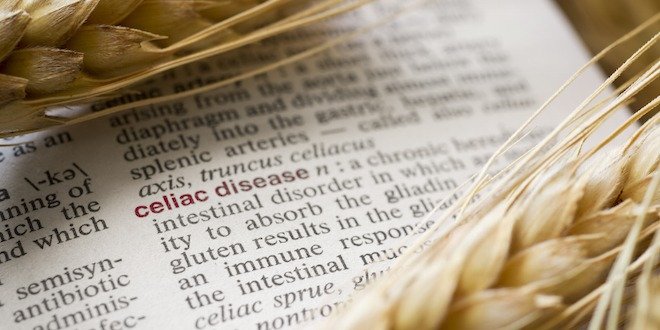search here
No Result
View All Result
Symptoms, Risk Factors, Complications, Treatment
इन आसान तरीकों से करें हेल्दी और हैप्पी मदरहुड की प्लानिंग – know how to plan happy motherhood
Sleep deficiency worsens pain mechanisms in migraine sufferers
Causes, Symptoms & What You Can Do
Blood tests are currently one-size-fits-all – machine learning can pinpoint what’s truly ‘normal’ for each patient
- Trending
- Comments
- Latest
Categories
Newsletter
Go to the Customizer > JNews : Social, Like & View > Instagram Feed Setting, to connect your Instagram account.
search here
No Result
View All Result
Symptoms, Risk Factors, Complications, Treatment
इन आसान तरीकों से करें हेल्दी और हैप्पी मदरहुड की प्लानिंग – know how to plan happy motherhood
Sleep deficiency worsens pain mechanisms in migraine sufferers
Causes, Symptoms & What You Can Do
Blood tests are currently one-size-fits-all – machine learning can pinpoint what’s truly ‘normal’ for each patient
- Trending
- Comments
- Latest
Categories
Newsletter
Go to the Customizer > JNews : Social, Like & View > Instagram Feed Setting, to connect your Instagram account.
:max_bytes(150000):strip_icc():format(jpeg)/Health-GettyImages-2177502752-47a7385bbc284648b51a74f3f9d610ab.jpg?w=350&resize=350,250&ssl=1)
:max_bytes(150000):strip_icc():format(jpeg)/Health-GettyImages-2177502752-47a7385bbc284648b51a74f3f9d610ab.jpg?w=120&resize=120,86&ssl=1)







:max_bytes(150000):strip_icc()/Health-GettyImages-1015247628-33c0cf540b254573867c26b1f88e702f.jpg?w=120&resize=120,86&ssl=1)





:max_bytes(150000):strip_icc()/Health-GettyImages-1015247628-33c0cf540b254573867c26b1f88e702f.jpg?w=360&resize=360,180&ssl=1)



